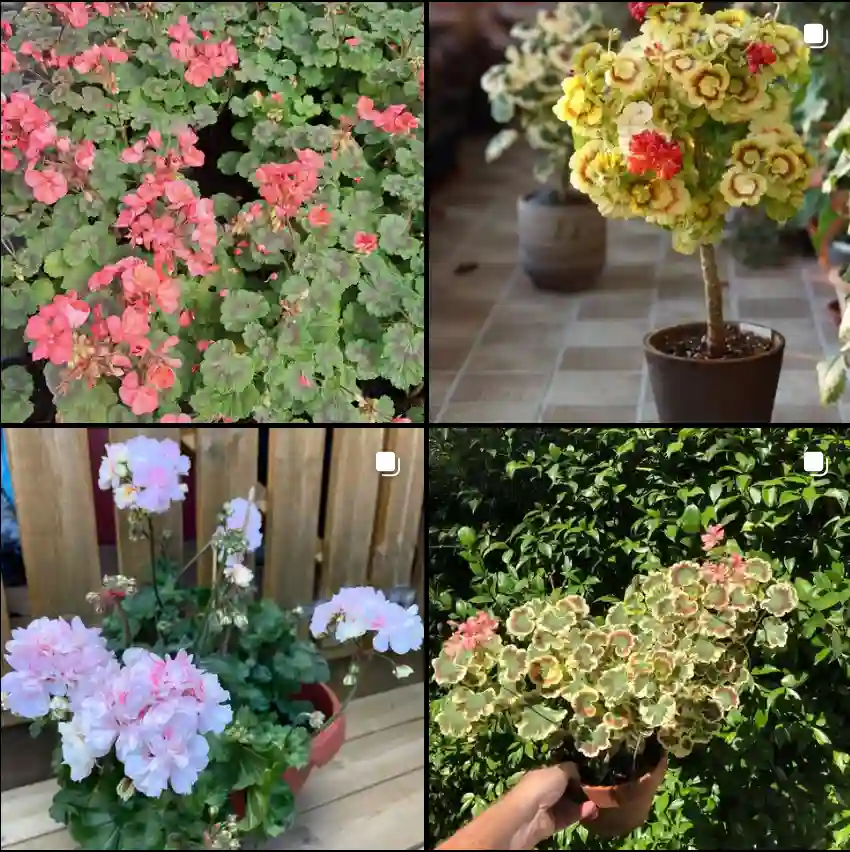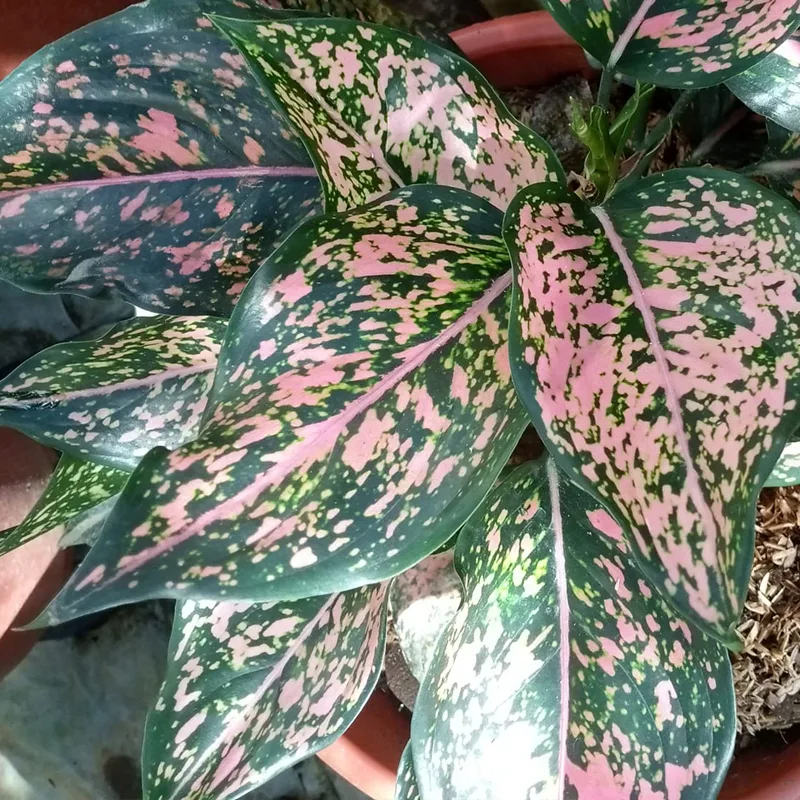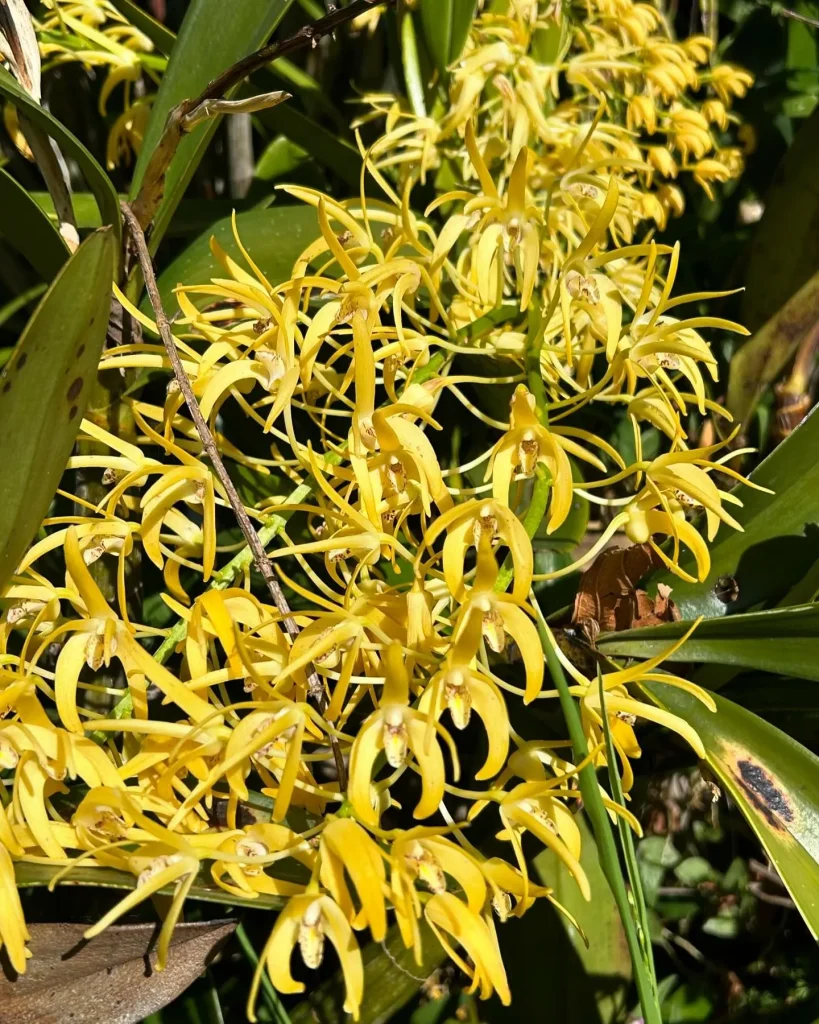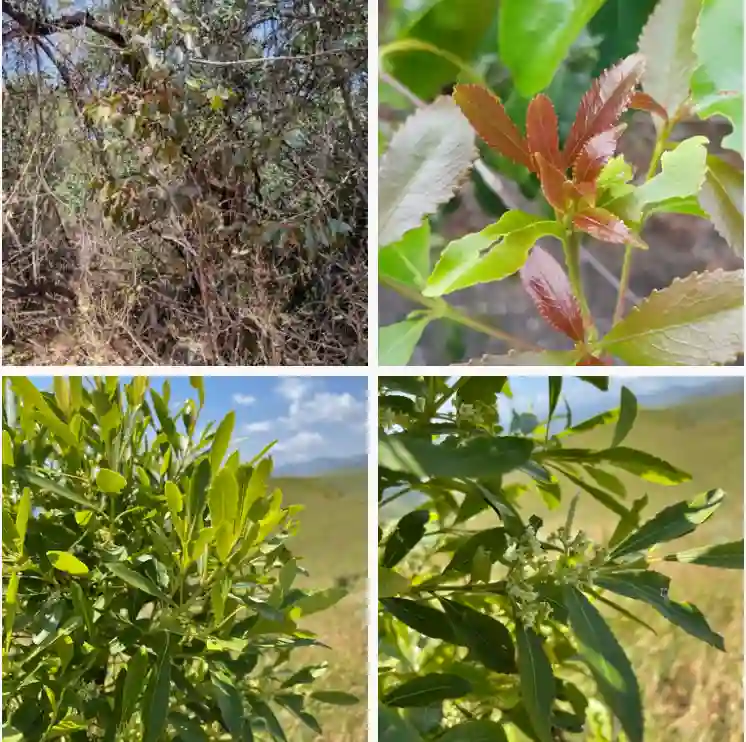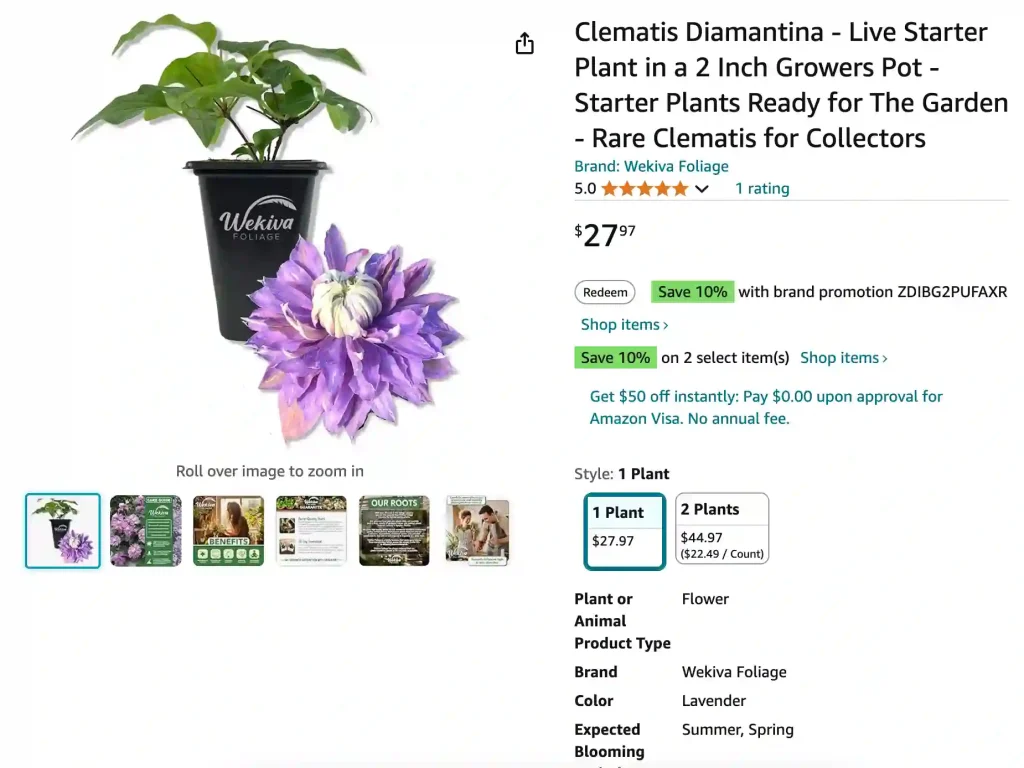
FAQs About Diamantina Clematis
As a plant enthusiast, I’m often asked about different varieties and their care. One plant that frequently comes up is Diamantina Clematis. This stunning climber offers beautiful blooms and can enhance any garden. Here’s a detailed look at some frequently asked questions about Diamantina Clematis, including tips on how to care for it and common concerns.
391 Species in Genus Clematis
What Is Diamantina Clematis?
Diamantina Clematis is a perennial vine known for its striking purple flowers with creamy white edges. This plant can reach heights of 6 to 8 feet and thrives in various garden settings. It’s a popular choice for trellises, fences, and arbors, adding vibrant color and elegance to any landscape.
How to Care for Diamantina Clematis?
Caring for Diamantina Clematis involves a few key practices. First, it’s essential to plant it in well-drained soil enriched with organic matter. I’ve found that a sunny spot with some afternoon shade works best, as this helps promote healthy growth and abundant blooms.
Watering is crucial, especially during dry spells. I usually check the soil moisture regularly. When the top inch feels dry, it’s time to water. However, be careful not to overwater, as this can lead to root rot.
How to Deadhead Diamantina Clematis?
One of the most common questions I receive is about how to deadhead Diamantina Clematis. Deadheading is essential to encourage more blooms. To do this, I simply pinch off the spent flowers just above the nearest leaf node. This method stimulates new growth and helps maintain the plant’s overall appearance. I usually perform this task regularly throughout the blooming season to keep my Clematis looking fresh.
How to Propagate Diamantina Clematis?
If you want to share the beauty of Diamantina Clematis, propagation is straightforward. The best time to propagate is in spring or early summer when the plant is actively growing. I prefer to take softwood cuttings about 4-6 inches long, ensuring each cutting has at least one leaf node. I dip the cut end in rooting hormone and plant it in a well-draining potting mix. Keep the soil moist and provide indirect light. In a few weeks, roots should begin to develop.
What to Plant with Diamantina Clematis?
When selecting companion plants for Diamantina Clematis, consider those that have similar light and water needs. I’ve had great success pairing it with roses, which complement its colors beautifully. Other suitable companions include daylilies and ornamental grasses. They create a layered effect in the garden while allowing the Clematis to shine.
Can You Grow Diamantina Clematis Indoors?
While it’s primarily an outdoor plant, you can grow Diamantina Clematis indoors with the right conditions. Make sure it receives plenty of sunlight—ideally 6-8 hours a day. I recommend using a large pot with good drainage and providing a support structure for the vine to climb. Be aware that indoor conditions can limit its growth and flowering potential, but it can still thrive with proper care.
Is Diamantina Clematis Toxic?
If you’re concerned about toxicity, the good news is that Diamantina Clematis is generally considered non-toxic to pets and humans. However, as a precaution, I always recommend keeping an eye on pets around any plant, as some individuals might have sensitivities.
Benefits of Growing Diamantina Clematis
Beyond its beauty, Diamantina Clematis offers numerous benefits. Its climbing nature makes it ideal for covering unsightly structures or creating privacy screens. Additionally, the flowers attract pollinators like bees and butterflies, which are essential for a healthy garden ecosystem. I enjoy watching these creatures flock to my Clematis during bloom time.
Common Problems with Diamantina Clematis
While Diamantina Clematis is relatively easy to care for, it can face a few common issues. One problem I’ve encountered is powdery mildew, especially in humid conditions. To combat this, ensure good air circulation around the plant and avoid overhead watering. If the problem persists, a fungicide can be applied as a preventive measure.
Another issue might be wilting leaves, often due to underwatering or root rot. Always check the soil moisture and adjust your watering habits accordingly.
How Does Diamantina Clematis Compare with Other Clematis Varieties?
Diamantina Clematis stands out among other Clematis varieties due to its unique flower coloration and robust growth habit. Compared to popular varieties like Jackmanii or Nelly Moser, Diamantina offers a softer color palette, making it a perfect choice for more delicate garden aesthetics. Each variety has its strengths, but I find that Diamantina brings a unique charm that many gardeners appreciate.
In conclusion, Diamantina Clematis is a versatile and beautiful addition to any garden. By understanding its care requirements and benefits, you can enjoy a thriving vine that enhances your outdoor space. Whether you’re looking to beautify a trellis or add color to your garden, this plant is sure to impress.
If i die, water my plants!
